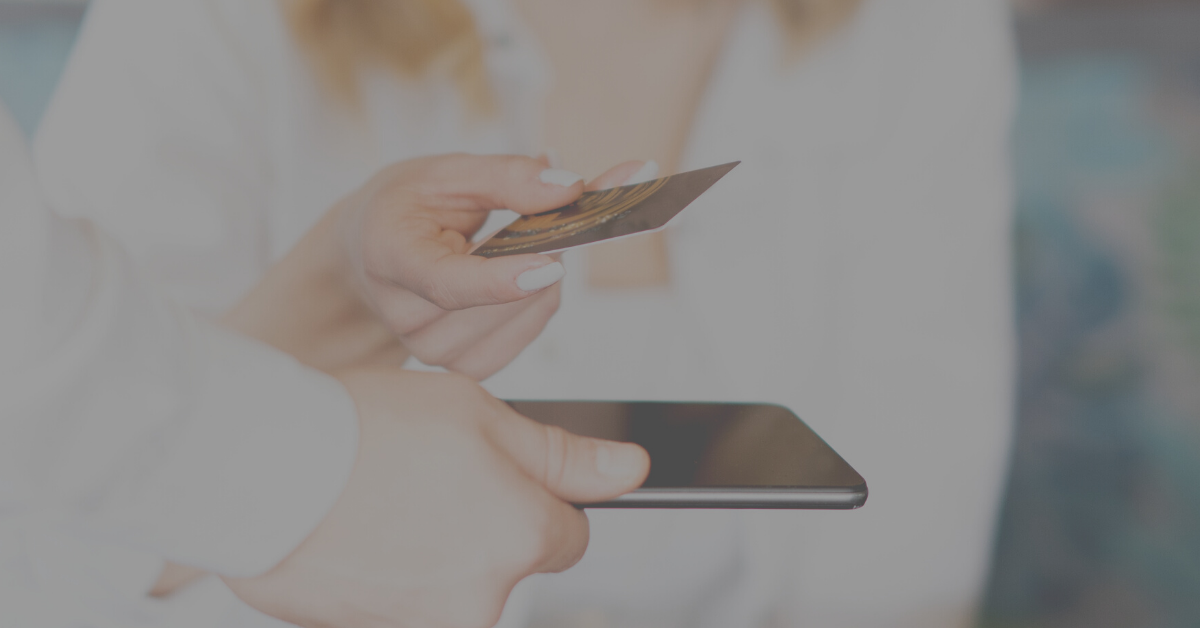Simple Ways Touchless Tech Makes Better Connections

For years, consumers have been able to order, pay for and pickup their daily coffee, jump into a prepaid Uber and receive confirmation of their latest Amazon order all from the convenience of their mobile device. Traditionally, touchless technology has been the fast track to ultra-efficiency, enabling brands like Starbucks, Uber, and FedEx to offer instant gratification to busy customers.
In the world of COVID-19, however, worries about contracting the virus from a contaminated surface, along with increased bouts of consumer isolation, have made it necessary for businesses to adjust their transaction methods. And although it could be assumed that touchless transactions put more distance between businesses and their customers, it often has the opposite effect. In fact, post-Covid, the need for more meaningful B2B and B2C interactions are making touchless methods more popular.
Let’s (get on our gloves and) dig in a bit more by looking at some recent examples found in different sectors today.
Touch Less, Communicate More: 4 Real-World Examples
Retail
Even shopaholics now think twice before stepping into physical stores. While online shopping has been popular for a long time now, COVID-19 has transformed it into the only way some people will shop. However, brick-and-mortar stores are battling back, thanks to innovative uses of touchless technology.
Contactless payment options reduce the exchange of paper money while self-checkout kiosks allow customers to remain the sole handlers of their purchase. Some retailers are taking self-checkout a step further through the use of RFID technology and QR codes, which allow customers to check out without even entering their selections. Curbside pickup is another touchless option gaining traction, empowering customers to BOPUS—or buy online, pick up in store.
The touchless customer journey in retail doesn’t end there. Starbucks has announced a new app feature allowing customers to place voice orders via Siri. Other retail outlets are even using Augmented Reality (AR) to enable consumers to virtually try on items or see how furniture will look in their living room.
Adaptations like these are forcing retailers to change their operations. More self-checkout kiosks reduce the demand for cashiers, while BOPUS increases the need for employees to fulfill orders and deliver them efficiently to customers waiting at the curb.
A truly touchless experience requires an omnichannel approach that allows customers to move from one channel to the next without interruption. An individual should be able to browse online and use the store app, with all of their actions syncing up. If that same customer calls customer service, they should be able to seamlessly move from voice to chat to text without losing the conversation thread.
At the end of the day, more contactless touch points translate into improved customer communications. Retailers can interact and engage with potential buyers in store, online, through an app, at the curb and everywhere in between. A more connected customer journey promotes brand loyalty and spending at a time when many retailers need both more than ever.
Restaurants
Many restaurants survived the pandemic by offering curbside pickup and contactless delivery. Owners pivoted quickly to make this new business model successful, innovating with new menu selections inspired by lockdown measures and travel needs. “Make your own pizza” kits are a hit among parents struggling to find an outlet for bored kids.
Now as diners venture back to their favorite restaurants they’ll find things look a bit different indoors. At many establishments, easy-to-clean screens have replaced printed menus or even real-time selections that patrons can view on their own device. Automated doors, sinks, soap dispensers, toilets and contactless payment further enhance the hands-free restaurant experience.
In addition, contactless digital options encourage patrons to interact with restaurants in new ways. Before the pandemic, customers primarily walked through physical doors. Now they communicate through an app, on the phone and online. This provides restaurant owners with opportunities to share new menu items and promotions to a larger audience, which may not have used these alternative channels before.
Airports
Aviation has suffered a severe blow from the pandemic. While air travel will never be a touchless experience, there are many ways to reduce touch points during while traveling. Avinor, which operates 44 airports in Norway, implemented an end-to-end touchless travel program across four locations. Cloud-based technology creates a contactless option for check-in, baggage drop, security and boarding.
Of course, other airports around the world are exploring similar ways to use technology to create an experience that makes travelers feel safe and secure— a necessity if the industry hopes to rebound from its recent extreme downturn. A touchless trip through the airport engenders an increased sense of trust that helps rekindle the customer relationship, which the travel industry needs for survival.
Business
Touchless technology is impacting the B2C world primarily in payment transactions and customer communications. For example, contactless digital payments are replacing traditional paper checks in many transactions. While the primary driver is health and safety, there’s another benefit to the business: digital payments are received faster and cost less to process, improving cash flow and reducing costs.
B2B companies, as well as organizations with call centers or large sales teams, have had to quickly figure out how to stay in touch with customers and clients through a largely remote workforce. Unified communications technology came to the rescue, keeping the lines of communication open from any device and any location.
A cloud-based VoIP phone solution, for example, enables employees to communicate and collaborate via voice, text and screen share, making it easy to assist customers even when working from home.
A unified communications contact center empowers businesses to communicate with customers via chat, SMS, voice, email and social media—all with a virtual workforce. Innovative communications technology is not only helping B2B businesses survive, it’s opening new lines of communications, making it easier to exchange ideas and payments.
Adaptation has always been a necessity for survival, but this year businesses had to adapt overnight to stay afloat. Touchless technology in the form of contactless payment, expanded mobile app offerings and remote contact centers is becoming the new normal for businesses across industries. All companies should consider the impact touchless tech will have on how their business is run, and we encourage you to use it as a vehicle to find new avenues of communications with your customers.
How will you use touchless to reach out and connect?



